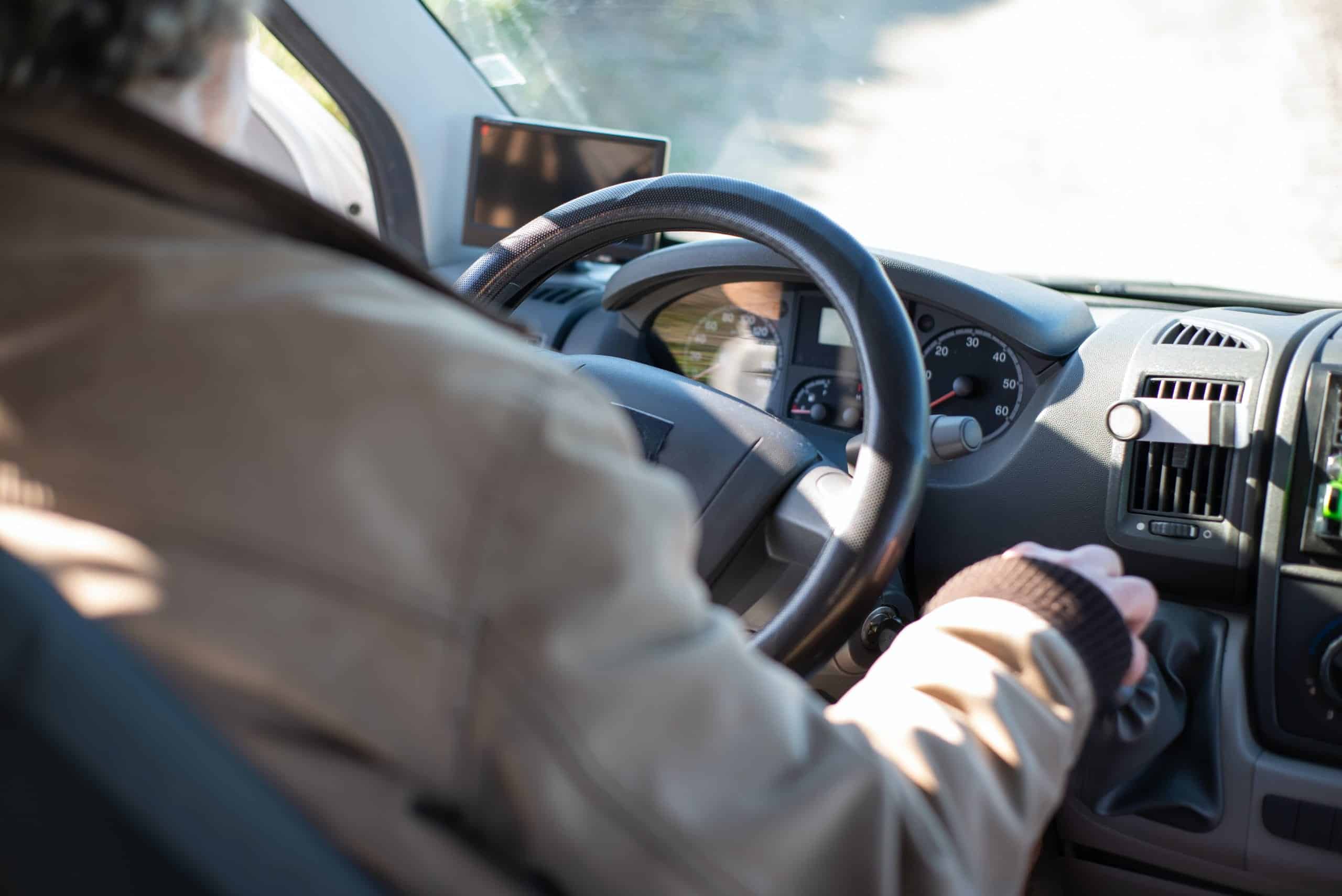Decoding the C1 License: What You Need to Know

The C1 licence, often a topic of intrigue for many, refers to a specific category of driving licence that enables individuals to operate vehicles beyond the standard car but below larger commercial vehicles like buses and lorries. Understanding the nuances of this licence is vital for those considering careers in transportation or simply looking to expand their driving capabilities.
Obtaining a C1 licence involves passing multiple theory tests and undergoing practical training. The theory tests cover road safety, vehicle handling, and relevant regulations, while the practical training focuses on driving skills specific to medium-sized vehicles. Successfully completing these requirements will enable you to operate vehicles in the C1 category, broadening your professional and personal driving opportunities.
Vehicles Covered Under the C1 License
One of the key aspects of the C1 licence is the range of vehicles it covers. Holders of this licence are authorized to drive vehicles weighing between 3,500 and 7,500 kilograms. This includes goods vehicles, ambulances, and even small horseboxes. The Maximum Authorised Mass (MAM) refers to the total weight of the vehicle plus its authorised load capacity, indicating the maximum weight legally allowed on the road surface for these vehicles.
This category strikes a balance between standard driving licences and the more comprehensive licences necessary for heavy goods vehicles, providing individuals with the ability to transport goods and people professionally without the complexity of handling larger, more unwieldy vehicles.
Requirements and Benefits of the C1 License
Obtaining a C1 licence involves meeting specific requirements set forth by driving authorities. Generally, candidates need to pass a practical driving test and, in some regions, a theory test that assesses their knowledge of road safety rules and regulations. This includes passing the car test and the hazard perception test as part of the requirements for obtaining a C1 licence. Additionally, candidates must complete three theory tests required for the C1 licence.
The benefits of acquiring a C1 licence are manifold. It opens doors to various employment opportunities, including delivery services, emergency medical services, and small-scale logistics. Moreover, it grants individuals the flexibility to handle a diverse range of vehicles, enhancing their skills and making them valuable assets in the transportation sector.
In summary, the C1 licence acts as a bridge, allowing individuals to venture beyond basic car driving while avoiding the complexities associated with larger commercial vehicles. Aspiring drivers should consider the possibilities this licence offers, as it not only expands their career options but also equips them with the skills needed to navigate a broader spectrum of vehicles, contributing to a safer and more efficient transportation landscape.
The practical driving course and practical test are essential steps in obtaining the C1 licence. Jobs that require a C1 licence include making local supermarket deliveries. It is important to note that a C1 licence is not automatically included on a standard driving licence. Emphasizing the importance of driving the vehicle safely, especially for larger vehicles, is crucial.
Book your C1 medical now at Simply Medicals.
Ultimately, It all starts with your Motorhome medical requirements.
Your feedback is most welcome!
Feel free to email us at hello@simplymedicals.co.uk so we can help you.
I hope you will enjoy our videos and articles.
Please like our facebook page and subscribe to our youtube channel. Therefore, If you need to book a Motorsport medical please click here.

